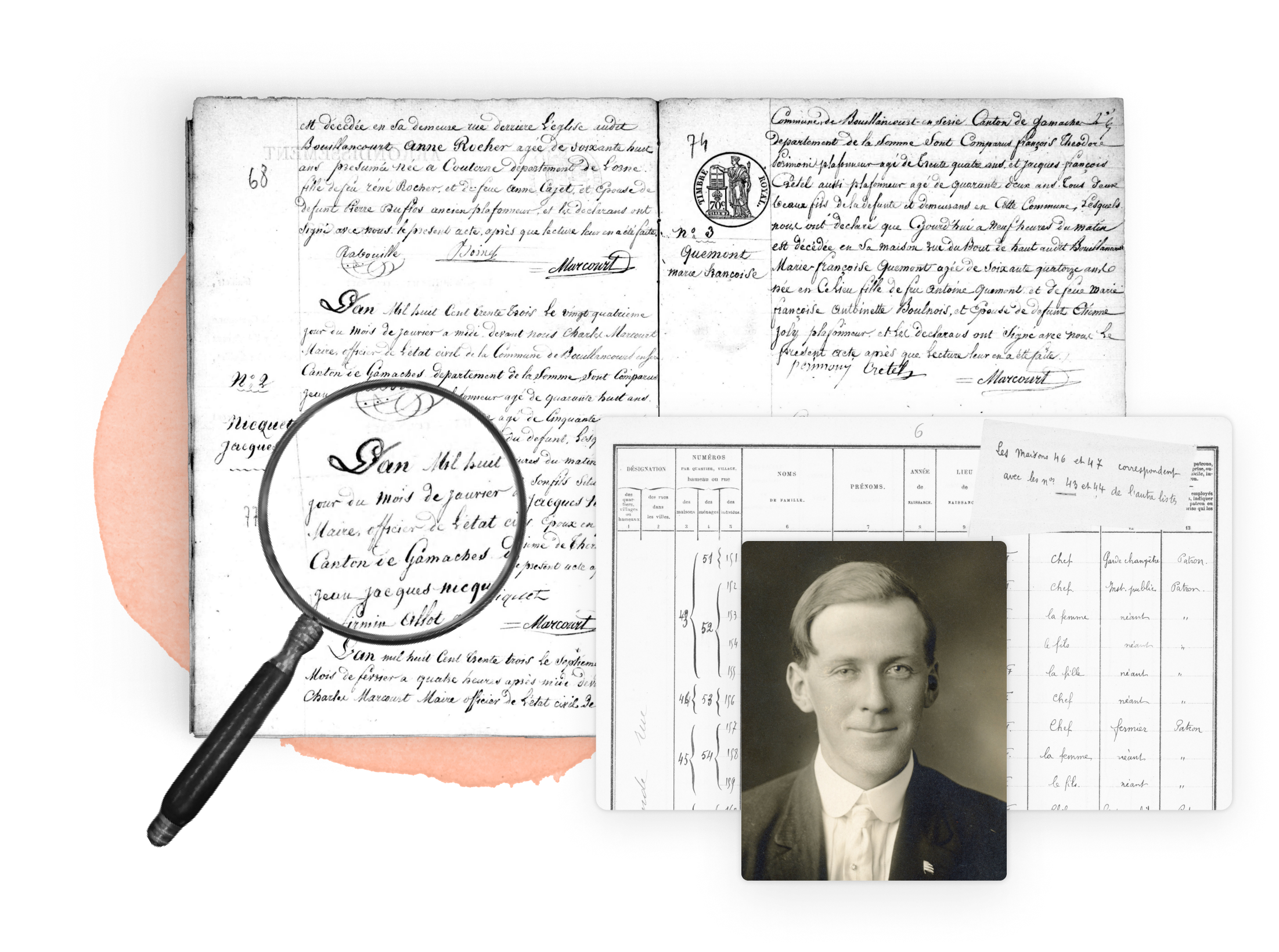See all articles relating to: Argentina

Argentina is a South American country with a rich and complex history. The region that is now Argentina was originally inhabited by various indigenous peoples, such as the Mapuche, Tehuelche, and Guarani. In 1536, Spanish explorers arrived and claimed the land for Spain. The Spanish colonized the region and established Buenos Aires as a port city in 1536, which became the center of trade and commerce in the area. Argentina gained independence from Spain in 1816 after a long struggle led by famous figures such as General Jose de San Martin, who fought for liberation from Spanish rule. In the late 19th and early 20th centuries, Argentina experienced significant economic growth and became one of the world's wealthiest countries, attracting many immigrants from Europe. However, political instability and economic crises plagued the country in the latter part of the 20th century, leading to periods of [Military dictatorship of Argentina|military dictatorship] and social upheaval.
Research your ancestors on MyHeritage
The regions of Argentina
Argentina is traditionally divided into seven geographical regions, each with distinct characteristics:
- Northwest (Noroeste): A region that includes part of the Andean mountain range and the Puna plateau.
- Gran Chaco: A hot and humid area in the northeast of the country, composed mainly of flatlands.
- Mesopotamia (also known as Littoral): This region is nestled between the Paraná and Uruguay rivers.
- Cuyo: A region at the foot of the Andean mountains.
- Pampas: The Pampas is a vast fertile plain, which is the agricultural heartland of Argentina.
- Patagonia: This region is known for its cold climate and stunning landscapes of mountains, forests, and glaciers.
- Central Sierras: A mountainous region that is located within the Pampas.
Argentina is divided into 23 provinces and one autonomous city, Buenos Aires, which serves as the capital of the country and is considered its own entity. Each province has its own constitution, governor, and legislature:
Argentinian history
See: Argentinian history
Argentinian geography
Researching family history in Argentina
See:
- Argentinian genealogy
- Argentinian immigration
- Argentinian emigration
- Argentinian archives
- Vital records in Argentina
- Birth records in Argentina
- Death records in Argentina
- Marriage records in Argentina
- Census records in Argentina
- Civil registrations in Argentina
- Church records in Argentina
- Newspaper records in Argentina
Argentinian ethnicity

Argentina is a country with a population that includes people of European, Indigenous, African, and Asian ancestry. According to the 2010 census, the largest ethnic group in Argentina is European, with most of the population identifying as either White or Mestizo (mixed European and Indigenous ancestry). Indigenous peoples, including groups such as the Tobas, Aymaras, Guaraníes, and Mapuches, as well as people of African, Asian, and other origins, make up the remainder of the population.[1]
Argentinian surnames
Argentina is home to a diverse population with a wide variety of surnames, reflecting the country's history of immigration and cultural blending. Some surnames in Argentina are of Spanish origin, while others have Italian, German, or other European roots. There are also surnames that are unique to Argentina and have emerged through a process of linguistic and cultural mixing. By exploring the meaning and history of surnames in Argentina, family historians can deepen their understanding of their ancestors' identities and stories.


